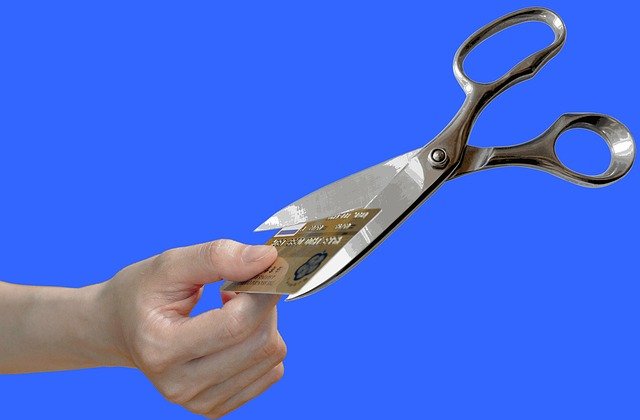A Comprehensive Look at Botox: Past, Present, and Future
Botox, a brand name for Botulinum Toxin Type A, has transcended the realm of medical science to become a household name, an emblem of the ever-growing beauty industry. Initially recognized for its therapeutic potential, Botox has steadily evolved to become a popular cosmetic treatment, celebrated for its ability to diminish fine lines and wrinkles. However, its journey is far from over, as researchers continue to unlock new possibilities, propelling Botox into an exciting future.

The Unexpected Discovery of Botox
The story of Botox began in the 1820s when Dr. Justinus Kerner was investigating a batch of spoiled sausages that had caused several cases of food poisoning. His findings led to the identification of the bacterium Clostridium botulinum, and ultimately, the discovery of the botulinum toxin. It took nearly a century for medical science to refine this toxin into a usable form, but by the 1950s, researchers had isolated botulinum toxin type A and began exploring its potential applications.
Botox in Medical Therapeutics
The therapeutic potential of Botox was first recognized in the 1980s when it was approved for treating strabismus (crossed eyes) and blepharospasm (uncontrolled eyelid twitching). The ability of Botox to relax muscle contractions revolutionized the treatment of neuromuscular disorders, providing relief to patients who had previously had little hope. Today, Botox is used in the management of several conditions such as chronic migraines, excessive sweating, and overactive bladder, demonstrating its versatility in the medical field.
The Beauty Breakthrough: Botox in Cosmetic Dermatology
The cosmetic use of Botox emerged quite accidentally during its use in treating eye disorders. Patients reported that their wrinkles diminished following Botox treatment, sparking interest in its aesthetic applications. In 2002, Botox was officially approved for cosmetic use, specifically for the reduction of frown lines.
Today, Botox injections are one of the most commonly performed cosmetic procedures worldwide. They are used to treat a variety of aging signs, including forehead lines, crow’s feet, and lines around the mouth. The simplicity of the treatment, combined with its non-invasive nature and relatively low cost, has contributed to its widespread popularity.
The Reception and Impact of Botox
Botox’s entry into the beauty industry was met with both enthusiasm and skepticism. While many celebrated its ability to achieve a youthful appearance without surgery, others were apprehensive about injecting a toxin into their bodies. Over time, however, Botox has largely overcome these concerns through extensive research and positive patient experiences.
The impact of Botox on society cannot be understated. It has fundamentally shifted our approach to aging, enabling people to maintain a youthful appearance well into their later years. Moreover, it has influenced societal beauty standards, with a smooth, wrinkle-free face becoming a sought-after ideal.
The Future of Botox: Beyond Beauty
While Botox’s fame in the beauty industry is well-established, researchers are continuously uncovering new medical applications for this versatile toxin. Some promising areas of research include using Botox to treat depression, with early studies showing that it may help to alleviate symptoms by relaxing the muscles involved in frowning. Additionally, Botox is being investigated for use in weight loss, as it may be able to delay stomach emptying and promote feelings of fullness.
Botox’s journey from a poisonous bacterium to a beloved beauty treatment is a testament to the power of scientific innovation. As we look to the future, it is clear that Botox will continue to play a significant role in both medical therapeutics and cosmetic dermatology, continuing to shape our concepts of beauty and health.




